Sarajevo, Bosnia-Herzegovina
Numerous layers of history adorn the landscape of Sarajevo, each speaking to a world, an event of national magnitude. It takes years of living and researching to unpack and appreciate the coexistence of these historical narratives, but here are a few examples for your enjoyment:
1. The Latin Bridge, the site of Franz Ferdinand’s assassination that led to the first World War in 1914. 2. The “Sarajevo Rose,” caused by a mortar shell’s explosion, epitomizes the country’s troubling times; they are sites of remembrance, monuments for perished lives. 3. During the Siege of Sarajevo (1992-1995), the Sarajevo Tunnel (Tunnel of Life) was constructed by the Bosnian Army in order to connect the city with the Bosnian-controlled territory on the other side of the Sarajevo Airport. 4. There are numerous cemeteries all over Sarajevo that remind visitors of those that lost their lives during the war. 5. There are still many buildings that evoke the Stalinist architecture in Sarajevo from days that were ruled by the Federation of Yugoslavia. 6. Built by Mehmed-Pasha Kukavica, the Sebilj is a wooden fountain in the center of Baščaršija square in 1753 during the Ottoman rule.
Mostar is a city in the Herzegovina region. The Old Bridge of Mostar, built in the 16th century, on the Neretva river has been an enduring symbol of Mostar and the Islamic heritage of the Balkans. During the war, Croatian forces bombed and destroyed the Old Bridge, an enormous blow to the people of Mostar (imagine the iconic status of the Golden Gate Bridge for the people of California’s Bay Area). In 2004, the Old Bridge was reconstructed with the same method and architecture; the new “Old Bridge” today attests to the resilience of the people of Bosnia & Herzegovina.
In September, Sarajevo hosted the 6th biennial conference of ASPS. Having given a talk on the “Poetry of Afghan Resistance,” I also had the privilege of exploring the Bosnian capital. Though signs of Sarajevo’s troubling times are ubiquitous, people’s spirit is that of resilience, pride and religious tolerance; such attitude, exceeding the capacity of physical reconstruction, has made Sarajevo a pleasant and welcoming place to contemplate on the condition of humanity in catastrophic events, and in Bosnia’s case, its transition through the nightmare of war and into a state of internal peace. Sarajevo makes lasting impressions; and I am richer for capturing tiny parts of its landscape and people.

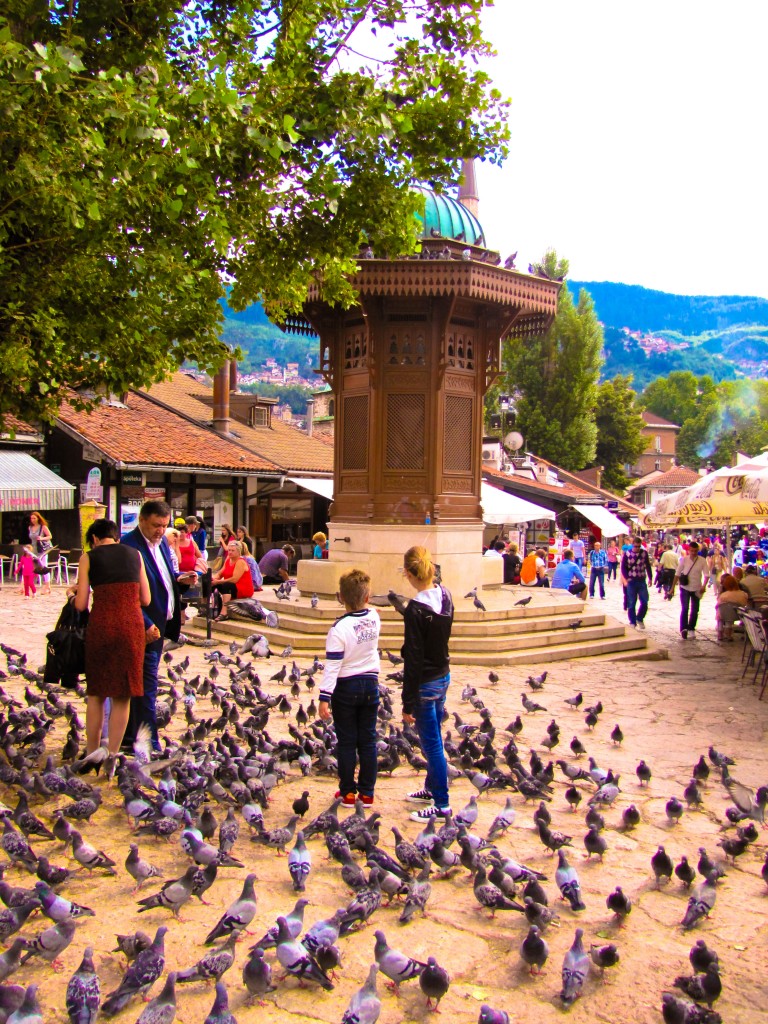
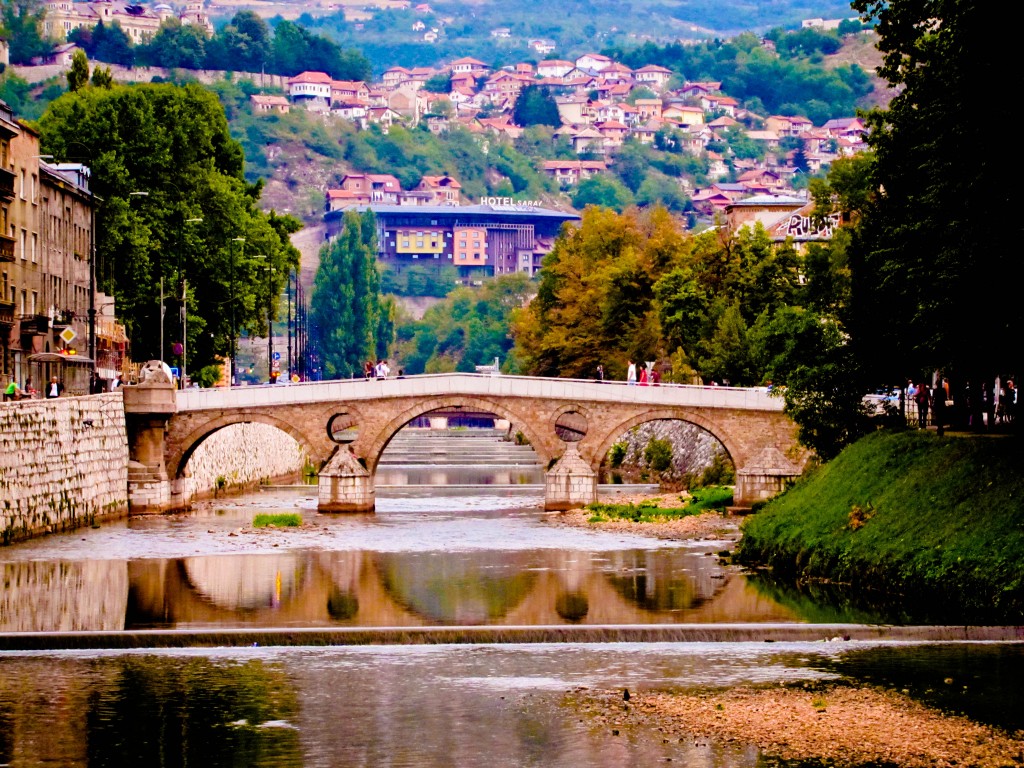

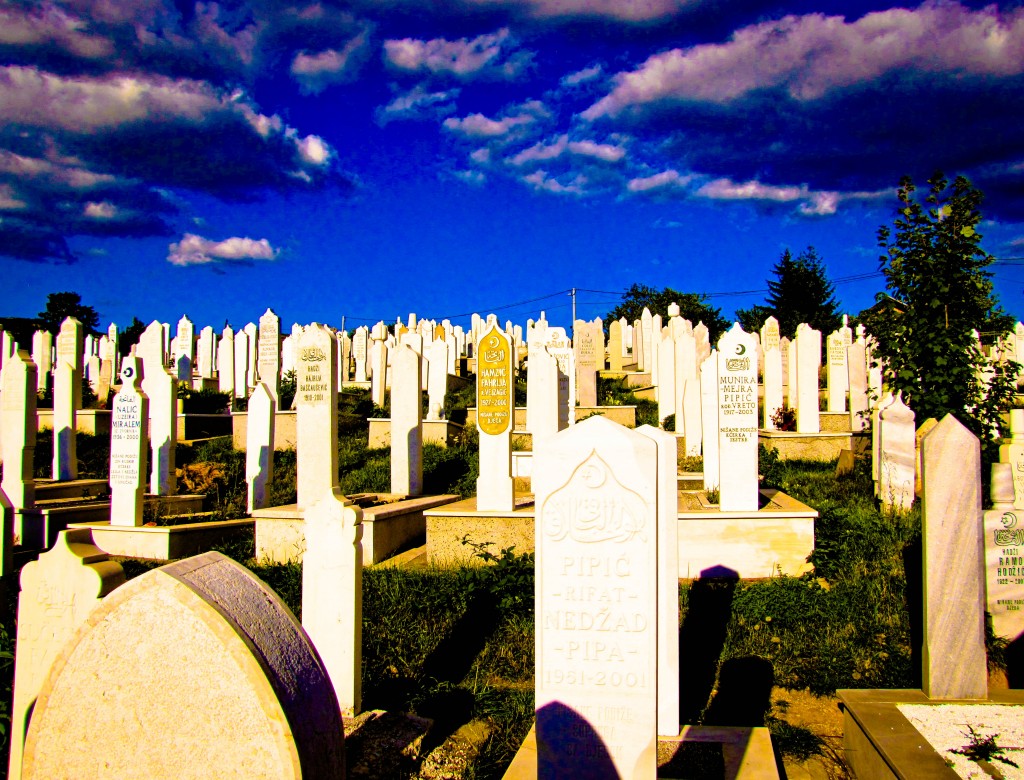

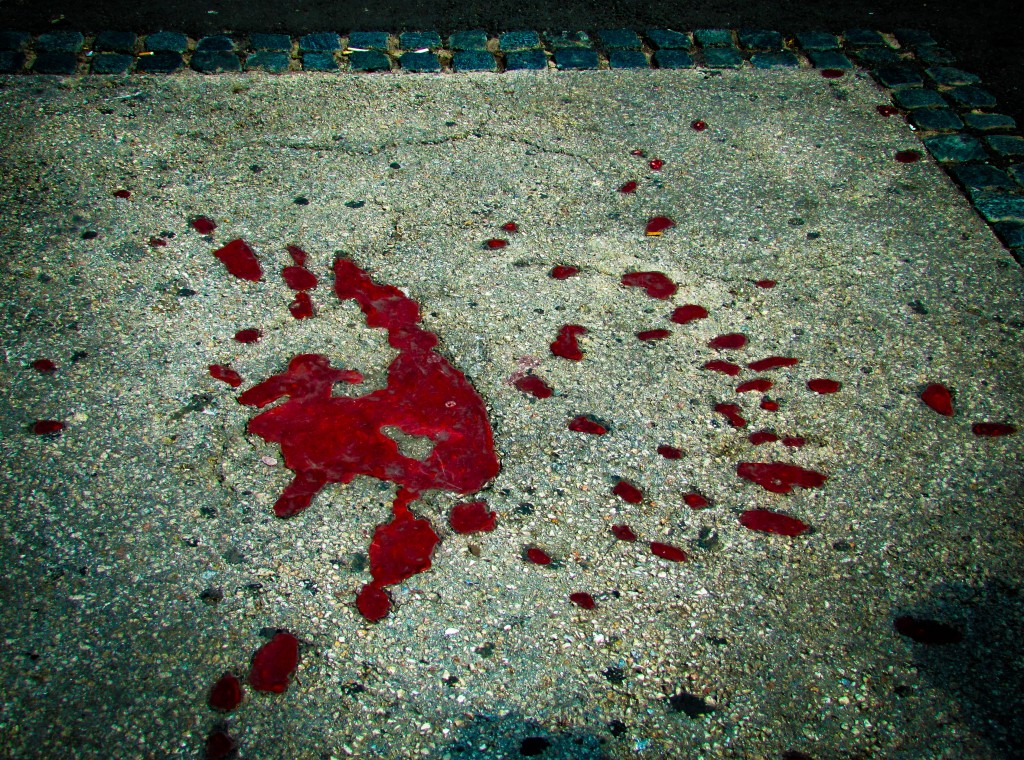
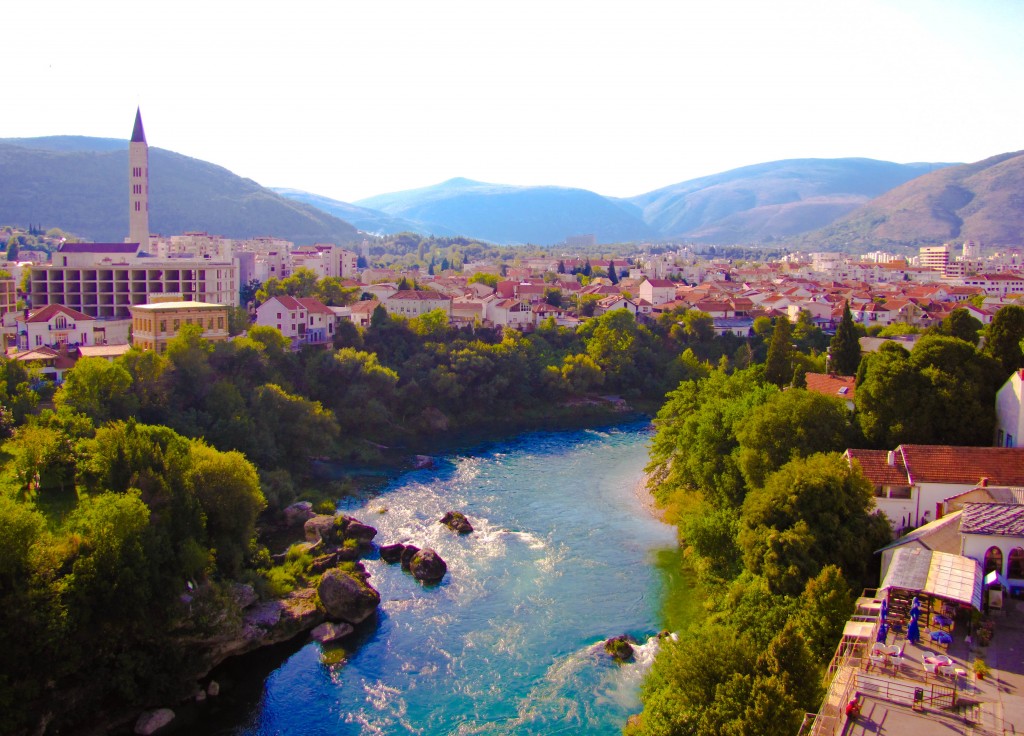
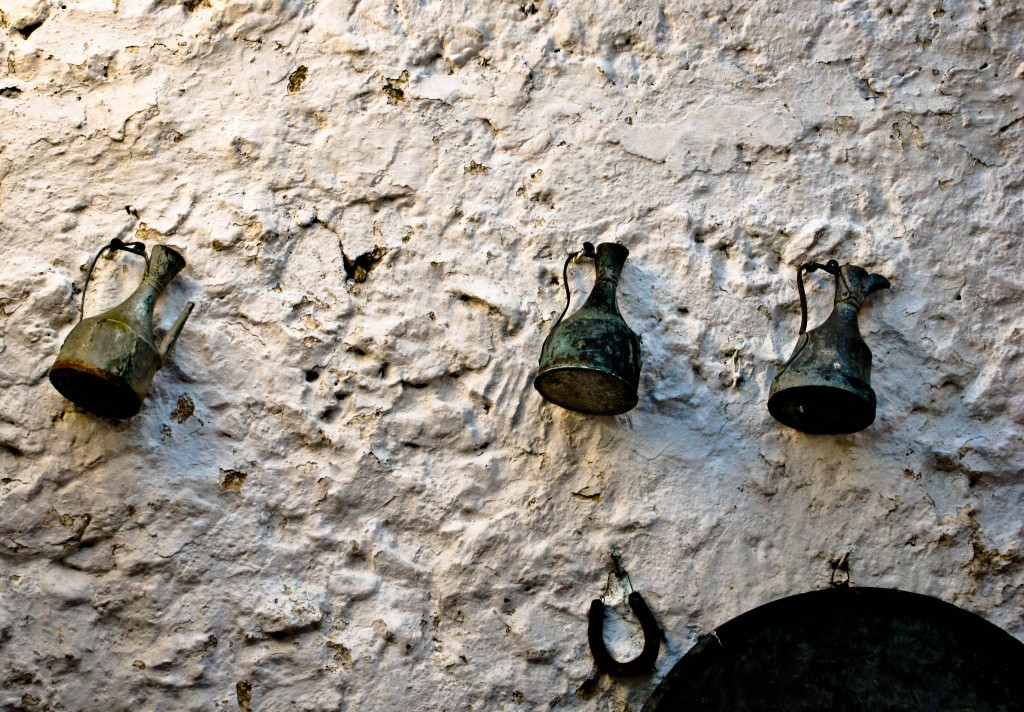

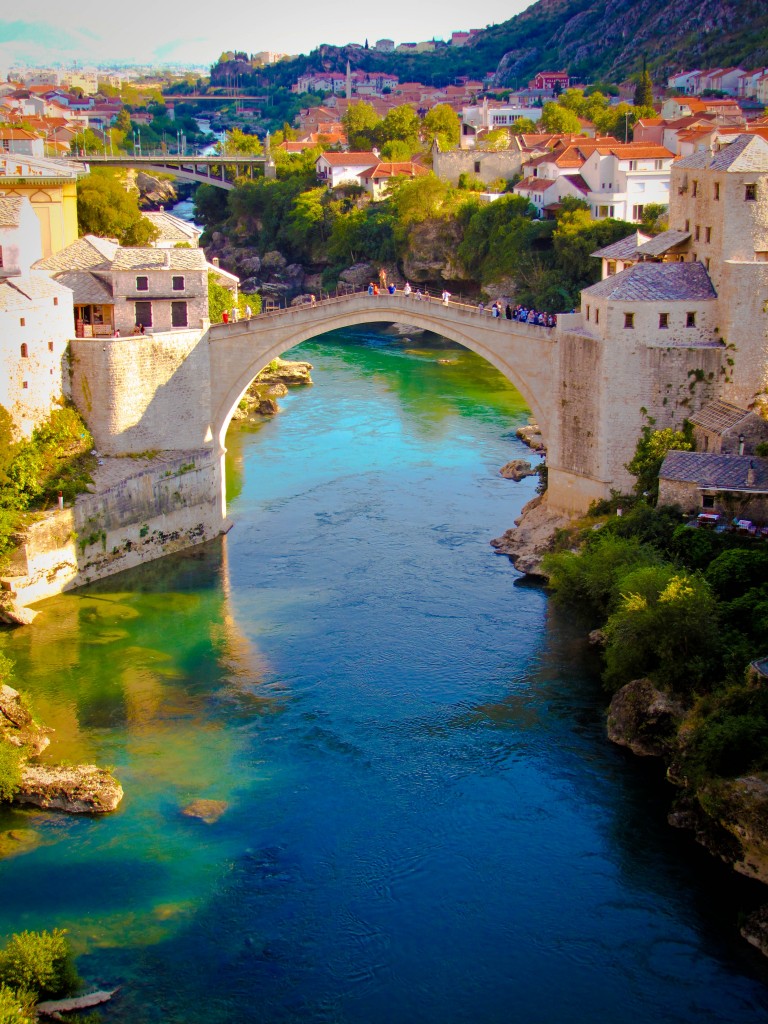
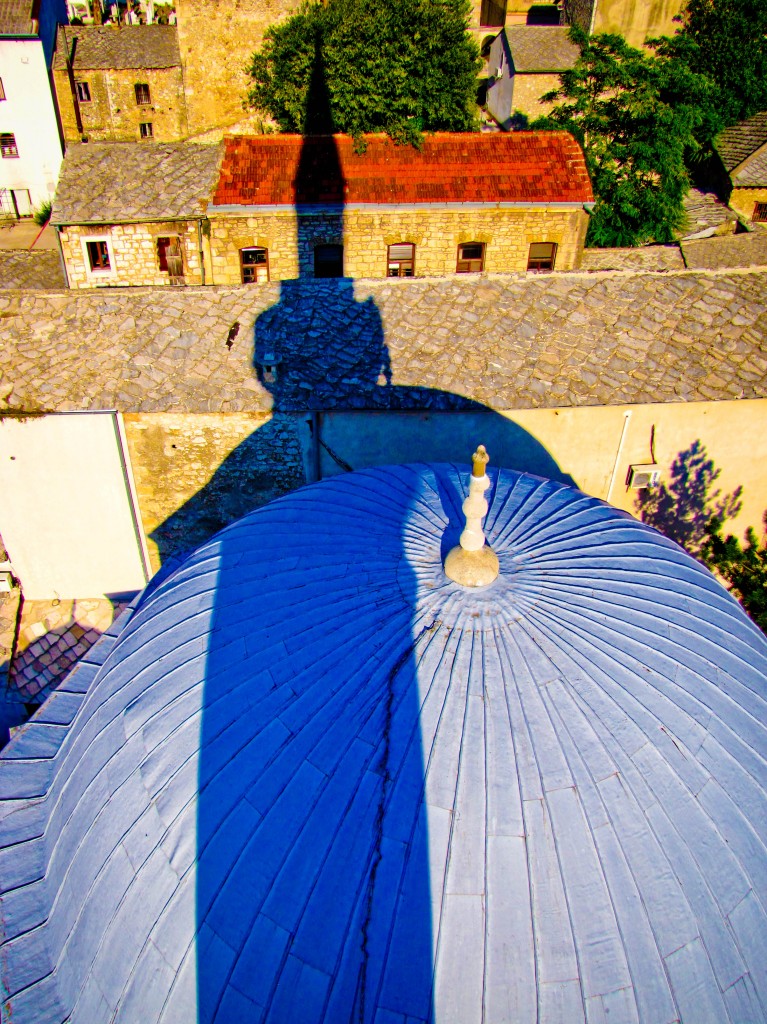

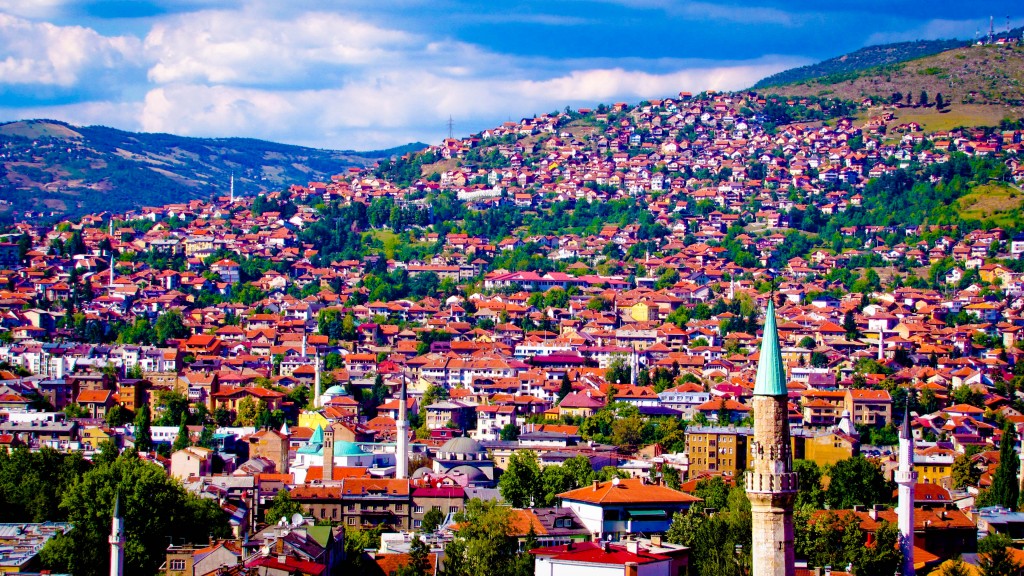

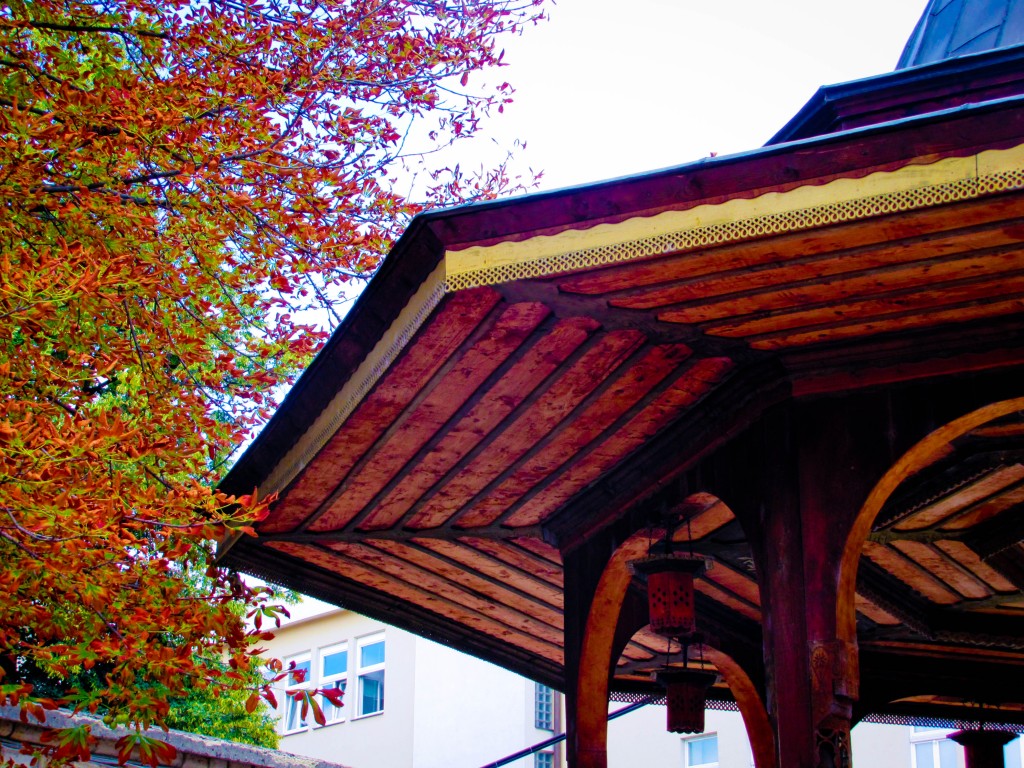
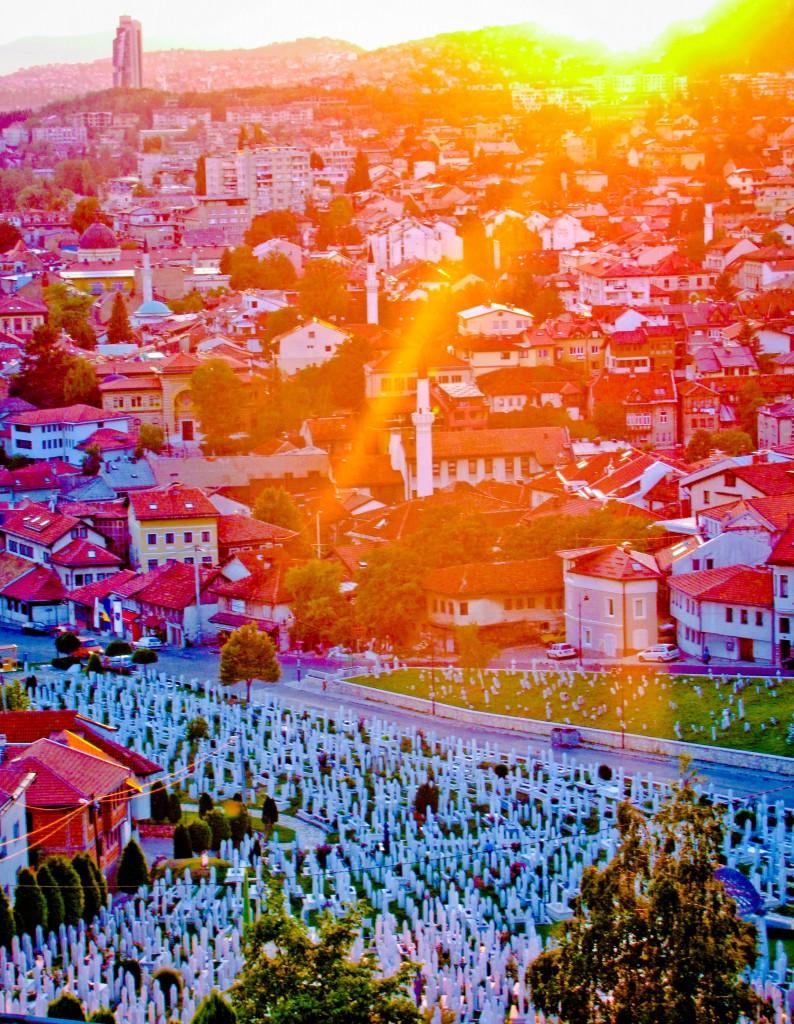
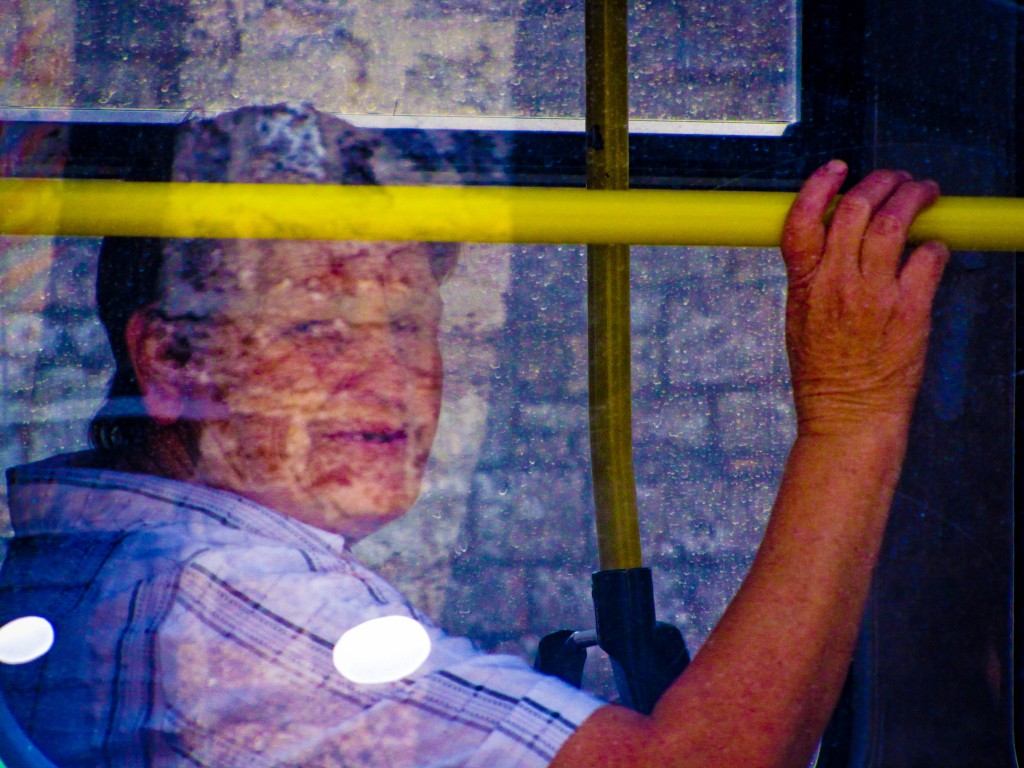
Leave a reply